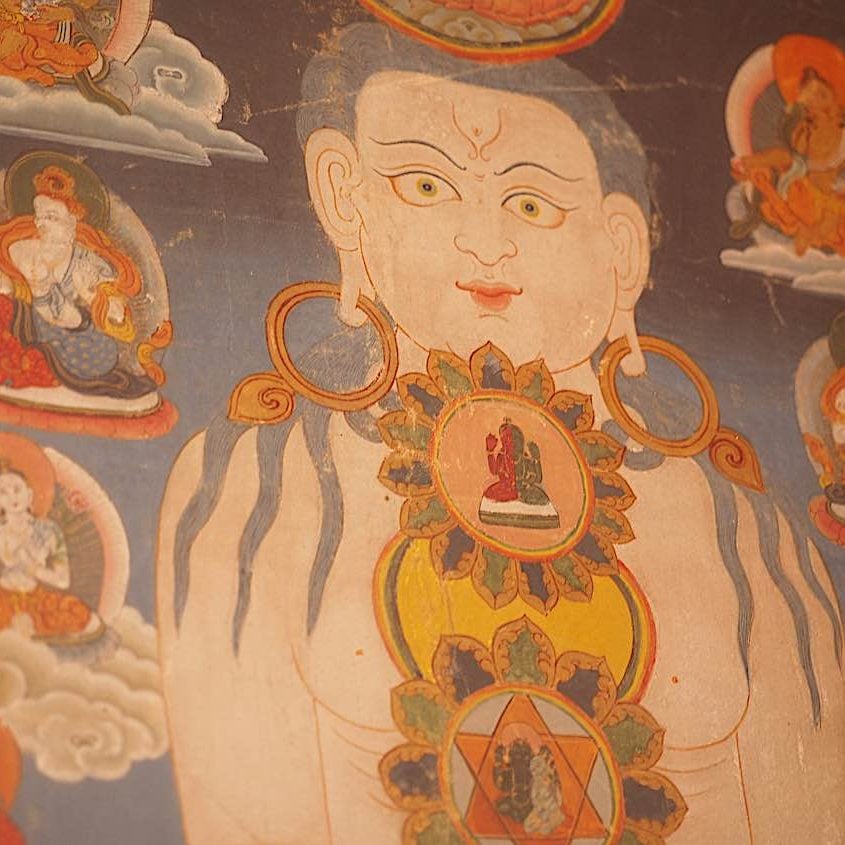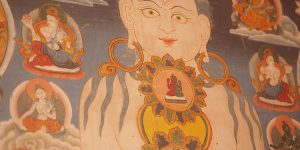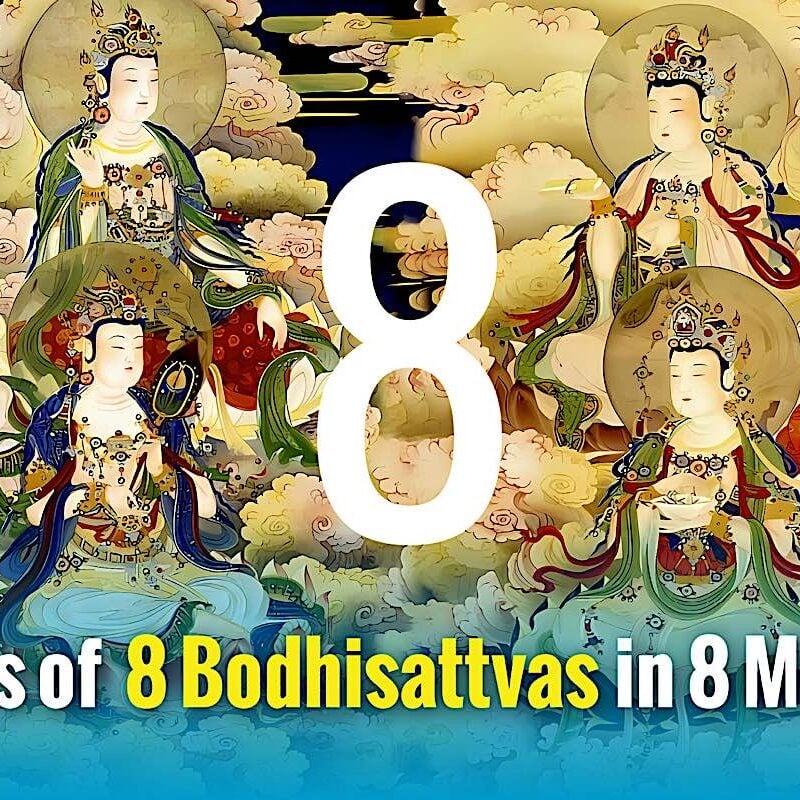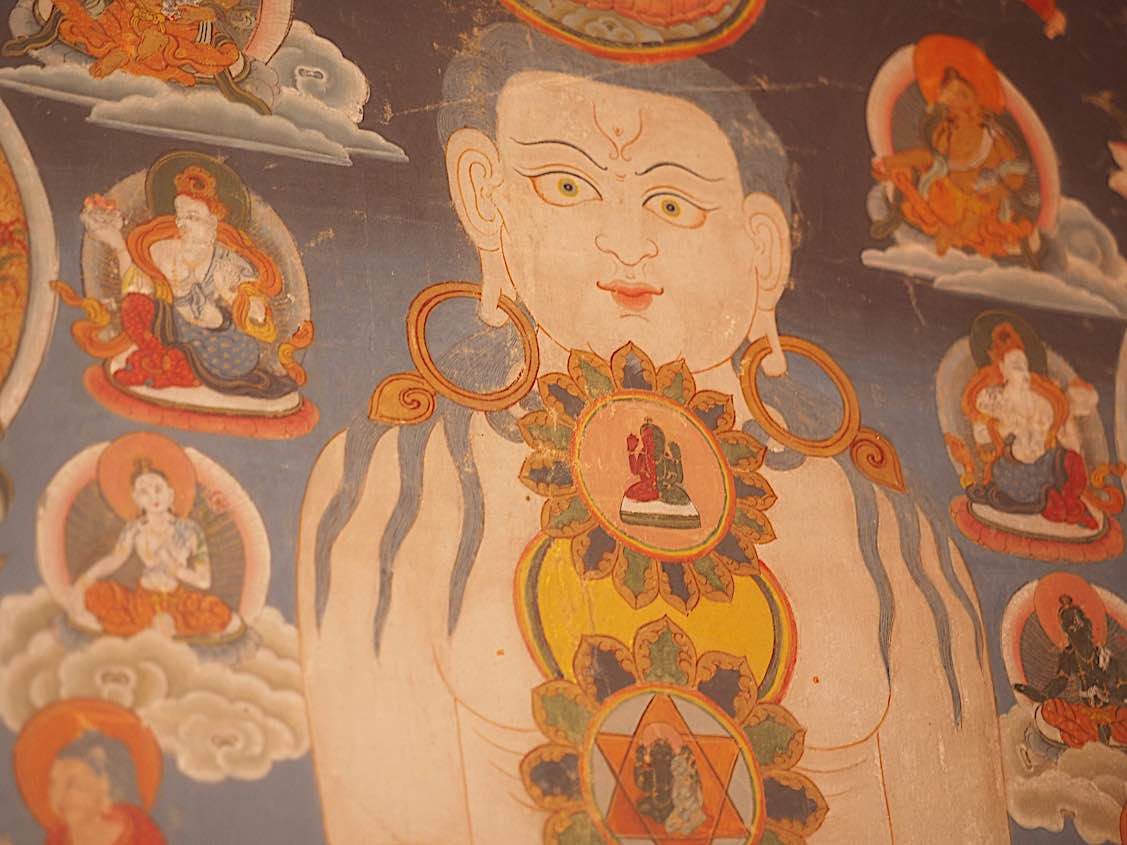Video: Amitabha Buddha – Infinite Life and Light: History, Dharani, Sutras, Sadhana, and Sukhavati

Why is the magnetizing or attracting power of Amitabha Buddha and the Lotus family so alluring? Why is Amitabha so popular in all lineages and schools of Mahayana Buddhism? Why is Amitabha’s Western Pureland of Sukhavati called the Happy Realm and how easy is it to attain this paradise? Why is Amitabha called both Infinite Light and Infinite Life?
Video:
#阿彌陀佛 #Amitabha #Amita #འོད་དཔག་མེད་ #A Di Đà Phật #Amida #अमिताभ #あみだぶつ #아미타불 #อมิตาภพุทธะ
CONTENTS
00:00-02:57 Introduction and Why is Amitabha so popular as a practice in Buddhism?
02:57-05:41 Magnetizing Power, Charisma and the Power of Amitabha’s Lotus Family
05:41-08:17 Amitabha’s 48 Vows and the story of Bodhisattva Dharmakara (from Sutra)
08:17-09:15 Shakyamuni Buddha explains Sukhavati Pureland of Ultimate Bliss
09:15-11:11 Amitabha’s name literally means “Infinite Light” and why
11:11-13:32 Amitabha’s appearance and symbolism
13:32-15:21 Padma Lotus Family: Pandara, Avalokiteshvara, Hayagriva, Kurukulla Tara
15:21-18:55 Sukhavati Pureland: Land of Ultimate Bliss described by Shakyamuni Buddha
18:55-21:27 Dharani Practice of Amitabha Buddha and Magnetizing
21:27-22:21 Three Shorter Mantras as a daily practice
22:37-23:57 Amitabha’s Sadhana practices and visualizing Amitabha Buddha
23:57-31:00 Recitation of Amitabha Sadhana in full
We answer these questions, and more, in this in-depth presentation, and end with his Dharani, Mantras and unique Sadhana called Brief Amitabha Sleeping Practice by Jamyang Khyentse Chökyi Lodrö, to help you connect directly to this compassionate and powerful Buddha of the 48 vows. We tell the story of these 48 vows later in this presentation, the story of Amitabha as Bodhisattva Dharmakara from Sutra.
Amitabha is the magnetic, savior Buddha. He helps with his charismatic bliss and joy, and his wisdom of discernment to overcome the poisons of attachment and desire.
It is our constant attachment to things, and objects, and money, and ownership and ego that causes suffering in Samsara. With discernment wisdom, the wisdom of Amitabha’s Lotus family, we overcome our obsessive clinging to things and ego.
His practice is the magnetizing power of the Buddhas, signified by his body made of red glowing light — like a beautiful, glowing sunset. Red is the color of magnetizing, the colour of fire and the setting sun of the west, all of which are symbols of Ami tabha.
Orgyen Topgyal Rinpoche explained in a teaching on Red Amitabha’s Lotus family:
“The manifestations of the wisdom of discernment are the deities of the lotus family of magnetizing. The magnetizing deities have the power to bring circumstances under control.”
Magnetizing power is the power of charisma, attraction, cooperation, compassion, and loving-kindness. Amitabha’s magnetizing power attracts auspicious circumstances, knowledge, good fortune, helpful people, students, business, and prosperity — as long as we are motivated by the cause for Enlightenment for the benefit of all sentient beings. Khenpo Namdro explains:
Magnetizing of Amitabha’s Lotus family is “that which brings within one’s power all that appears and all that exists. It goes by such a name because if you make this prayer fervently, you will be able to magnetize or bring within your power the phenomena of the entire universe.”
More articles by this author

VIDEO: Vajrapani Vajra Armor Mantra: Supreme Protection of Dorje Godrab Vajrakavaca from Padmasambhava

Buddhist body mandala practice in Vajrayana Buddhism — and riding the winds of the inner body “The prana goes where the mind goes.””
Search
Latest Features
Please support the "Spread the Dharma" mission as one of our heroic Dharma Supporting Members, or with a one-time donation.
Please Help Support the “Spread the Dharma” Mission!

Be a part of the noble mission as a supporting member or a patron, or a volunteer contributor of content.
The power of Dharma to help sentient beings, in part, lies in ensuring access to Buddha’s precious Dharma — the mission of Buddha Weekly. We can’t do it without you!
A non-profit association since 2007, Buddha Weekly published many feature articles, videos, and, podcasts. Please consider supporting the mission to preserve and “Spread the Dharma." Your support as either a patron or a supporting member helps defray the high costs of producing quality Dharma content. Thank you! Learn more here, or become one of our super karma heroes on Patreon.
Lee Kane
Author | Buddha Weekly
Lee Kane is the editor of Buddha Weekly, since 2007. His main focuses as a writer are mindfulness techniques, meditation, Dharma and Sutra commentaries, Buddhist practices, international perspectives and traditions, Vajrayana, Mahayana, Zen. He also covers various events.
Lee also contributes as a writer to various other online magazines and blogs.
















